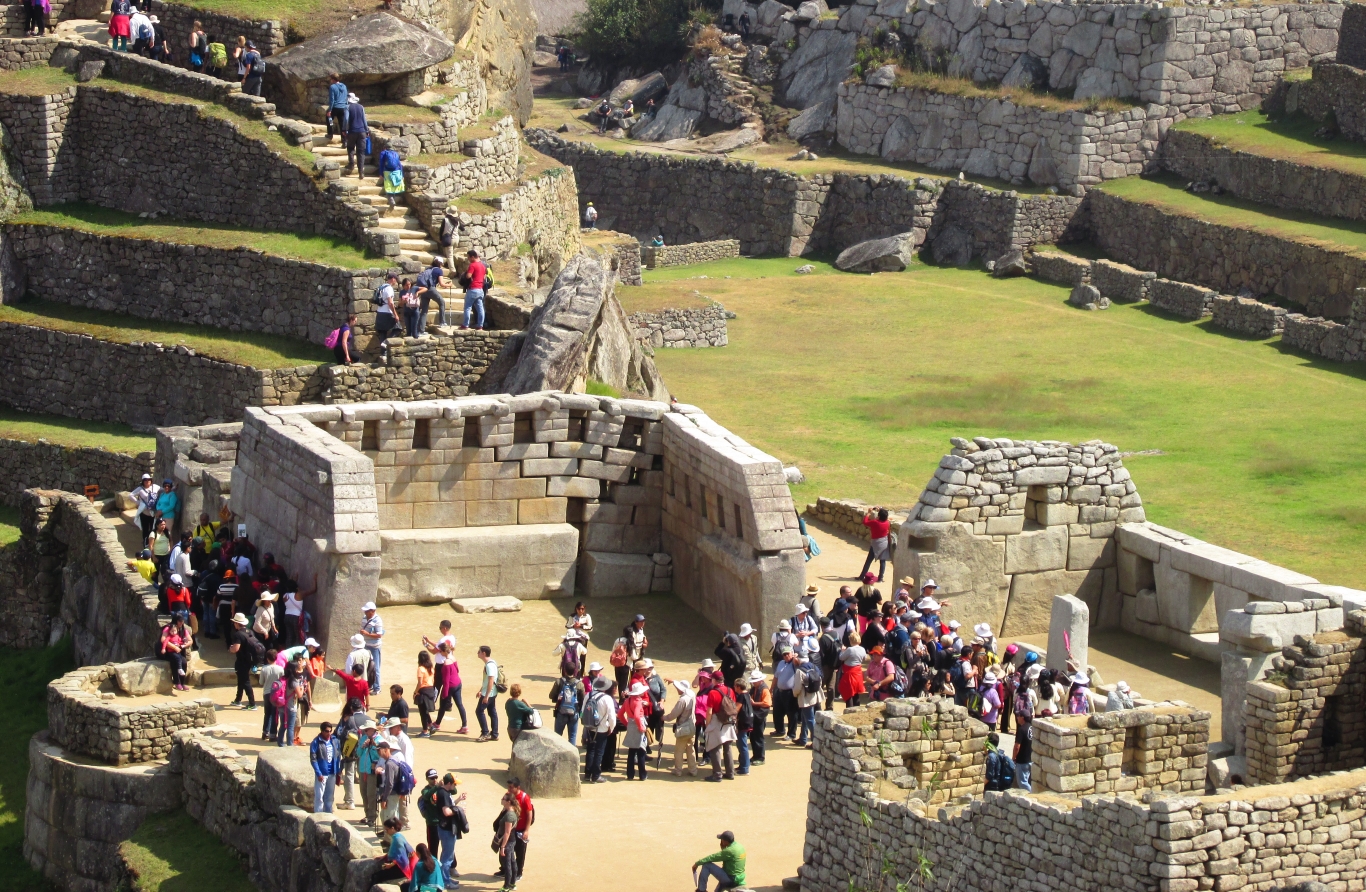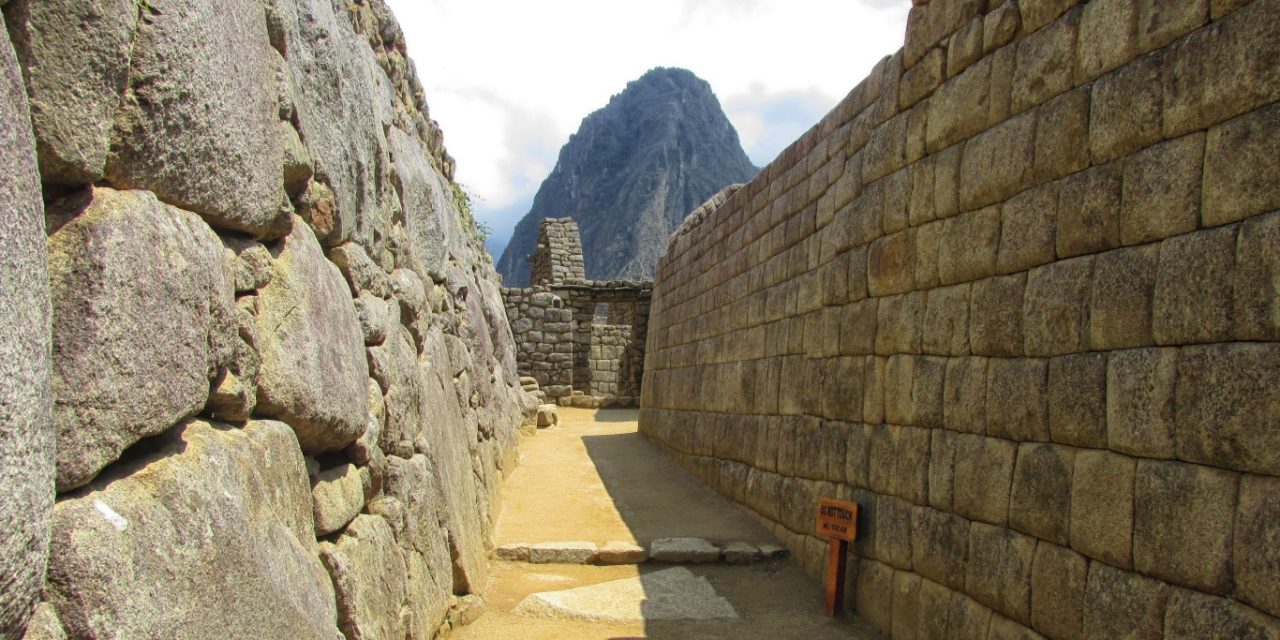But rest assured, Peru’s most famous — and most lucrative — tourist attraction is not closing to the public. Machu Picchu is open for business, and it will stay that way.
That said, plans are being made for more regulations at Machu Picchu, which, if adopted, will change how we visit the site.
Is Machu Picchu Closing Temporarily?
Machu Picchu welcomes visitors 365 days a year, with gates open from 6:00 am to 5:00 pm. Please note that entry to the site is permitted until 4:00 pm, after which no new admissions are allowed.
Some confusion about access to the site stems from the annual Inca Trail closure. Each year, the Inca Trail closes for maintenance during the month of February, reopening on March 1. This does not mean that Machu Picchu is closed. It remains open, but you won’t be able to hike there along the classic Inca Trail during February. Alternative routes such as the Salkantay trek and Lares trek stay open in February, and many of the best Inca Trail tour operators offer treks along these routes.
Despite being open throughout the year, unforeseen circumstances can force Machu Picchu to close temporarily. In January 2010, for example, extreme rainfall and mudslides damaged the railway between Aguas Calientes and Cusco, blocking the train route to Machu Picchu. The site was closed for about two months, at a loss of about US$185 million in tourism revenue.
Another more recent event caused plenty of confusion. In April 2016, Peruvian authorities announced the temporary closure of Machu Picchu Mountain and Huayna Picchu Mountain — the two peaks that loom over the archaeological site, both of which can be climbed with the right permits. Many travelers took the announcement to mean that the Machu Picchu archaeological site was closing, which was not the case. The closure was for the two mountain trails only — again for maintenance — and not for the site itself.
Machu Picchu and its last closure in December 2023 due to political turmoil
Machu Picchu, the Inca citadel in Peru’s Cusco region, stands as an incredible testament to the architectural and cultural brilliance of the 15th century. It was built then and unfortunately abandoned after the Spanish conquest of Peru. This enigmatic marvel gained attention when American explorer Hiram Bingham rediscovered it in 1911. Today Machu Picchu is one of the tourist destinations worldwide.
Recently the integrity and charm of this site faced a challenge when it had to close its doors from December 21, 2022, to February 14, 2023. The closure was prompted by unrest in Peru as protests erupted due to long-standing issues like corruption, poverty, and inadequate access to essential services nationwide. In response to escalating tensions, the Peruvian government declared a state of emergency in regions including Cusco—deployed military intervention to restore stability.
This temporary closure impacted the economy since tourism plays a crucial role there. The immediate financial consequences were deeply felt; however, the Peruvian government asserted that these drastic measures were necessary to protect both tourists and residents.
With triumph and accompanied by safety improvements, Machu Picchu reopened its gates to visitors on February 15th, 2023.
The government’s strong dedication to providing a safe experience for tourists is evident in the implementation of security measures and the establishment of a specialized tourism police force.
Although the temporary closure of Machu Picchu was an event in its history, there remains a sense of optimism that this captivating site will maintain its appeal and continue to attract visitors from all over the world for many generations to come. This incident serves as a reminder of the need to strike a balance between preserving our heritage and addressing present-day socio-political challenges.
If Machu Picchu is affected by any other situation I will update this article.

Machu Picchu Isn’t Closing, But it is Changing.
What may change in the future is the way the public will be able to explore the site. In fact, this has already begun, with park staff ushering the crowds through certain sections, especially notable chokepoints where selfie stick-waving tourists can cause major hold ups.
You can expect more drastic changes in the future. Plans to further limit the freedom of visitors at the site have already been drawn up. These will confine the visit to a more controlled route through the site, as opposed to the free-roaming exploration we’re currently allowed.
For visitors to Machu Picchu, there will undoubtedly be positives and negatives if and when such plans are implemented. But for the Historic Sanctuary of Machu Picchu, it means a vital step towards guaranteeing the health of the site and its future preservation.
Which, long term, guards against the actual threat of Machu Picchu closing for extended periods.
Machu Picchu’s New Circuits and visiting rules for 2023
Starting in 2023, tourists visiting Machu Picchu will have the opportunity to explore the site through four circuits. Each circuit offers a perspective and a different experience;
Circuit 1; High Short Route (1 hour)
This is the easiest path, which takes you through the part of Machu Picchu. You’ll see landmarks like the Temple of the Sun, the Sacred Plaza, and the Intihuatana Stone.
Circuit 2; Main Tourist Circuit (2 hours)
For those who want a citadel tour, this circuit covers the upper and lower parts. It’s no wonder this’s a choice among visitors.
Learn
Circuit 3; Short Low Route (1.5 hours)
If you prefer a version of Circuit 2, this route focuses on exploring the lower part of Machu Picchu. You’ll have a chance to see sites such as the Temple of the Condor Water Mirrors and agricultural terraces.
Circuit 4; Lower Long Route (3 hours)
This is the circuit as it takes you through the lower part of Machu Picchu and includes visits to Huayna Picchu and Machu Picchu mountains.
Learn
These designed circuits give visitors an immersive experience of Machu Picchu’s captivating history and vibrant culture.
Other Ways to Explore Machu Picchu in 2023
Don’t miss out on climbing Huayna Picchu or Machu Picchu Mountain for breathtaking views of this awe-inspiring citadel.
Here is some information about Huayna Picchu mountain. If you’re interested in exploring Machu Picchu, you can take the Inca Trail, which’s a 4-day hike that leads directly to the citadel.
Another option is to take a train to Aguas Calientes, the town at the base of Machu Picchu. You can take a bus or hike up to the citadel from there.
I hope this summary gives you an understanding of the opportunities at Machu Picchu in 2023! If you have any questions feel free to ask.
Photos by Tony Dunnell.






It’s crazy how this rumor seems to pop up every year. First time I did the Inca Trail, some of the people I was with mentioned that they heard that Machu Picchu was going to close in a couple of years. Made me sad the first time I did it because it’s such a beautiful place.
Think some of the new regulations about the increased number of entrance times will help with some of the erosion problems going on? Or thoughts on the new plans for the cable car?
Hi Kevin. Yeah, this rumor always pops up. I’m not sure how the entrance changes will help. It kind of makes sense, but it all really depends on the number of people they let in every day. If that number is too high, erosion and other issues will always be a problem. As for a cable car, I’ve never particularly liked the idea, although seeing the cable car at Kuelap made me a bit more open to the idea, But again, it all depends on the implementation, and if they ever decide to go ahead with a bid to build it, they better choose well or it will be a mess. I’m just glad I saw it first back in 2007 (or around then) — when I went to MP a couple of years ago it was far more cluttered than it was back then. Cheers, Tony.